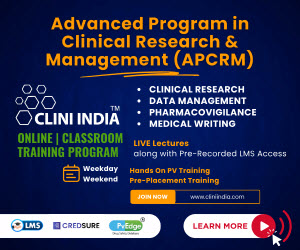 About Authors:
About Authors:
Satyanand tyagi*, Raghvendra1
*President, Tyagi Pharmacy Association & Scientific Writer,
Chattarpur, New Delhi, India-110074.
Prof. Satyanand Tyagi is a life time member of various pharmacy professional bodies like IPA, APTI and IPGA. He has published various research papers and review articles. His academic works include 45 Publications (37 Review Articles and 08 Research Articles of Pharmaceutical, Medicinal and Clinical Importance, published in standard and reputed National and International Pharmacy journals; Out of 45 publications, 10 are International Publications).
1Department of Pharmaceutics, Aligarh College of Pharmacy,
Aligarh, U.P, India-202001.
*sntyagi9@yahoo.com, +91-9871111375 / 9582025220
ABSTRACT
Tak-875, a new treatment for type-2 diabetes, improves blood sugar control and is equally effective as glimepiride (Sulfonylurea, oral hypoglycaemic agent), but has a significantly lower risk of hypoglycaemia, according to a new study. It works by boosting the release of insulin from pancreatic beta cells when glucose and fatty acids rise in the blood, such as after a meal, which results in a fall in blood glucose levels. TAK-875 is a novel oral medication designed to enhance insulin secretion in a glucose dependent manner, which means that it has no effect on insulin secretion when glucose levels are normal, and as such has the potential to improve the control of blood sugar levels without the risk of hypoglycaemia. The pill belongs to a new class of treatments called GPR40 agonists, which activate a receptor that stimulates and regulates insulin production. New treatments are needed because of “the expected increase in the number of cases of Type 2 diabetes during the next few decades” and because some current drugs have “insufficient effect,” the researchers, led by Charles Burant at the University of Michigan Medical School, wrote in the study. Free fatty acid receptor 1 (FFA1), also known as G protein-coupled receptor 40 (GPR40), plays a vital role in stimulating and regulating the production of insulin. It works by boosting the release of insulin from pancreatic β-cells when glucose and fatty acids rise in the blood, such as after a meal. The release of insulin results in a fall in blood glucose levels. Drugs that activate the FFAR1 receptor have the potential to help diabetics release more insulin and improve control of blood glucose levels. This article gives an overview about this newly introduced drug TAK-875 and its role in treatment for type-2 diabetes.
(adsbygoogle = window.adsbygoogle || []).push({});
 About Authors:
About Authors:

 About Authors:
About Authors:  About Authors:
About Authors:  About Authors:
About Authors:  About Authors:
About Authors:  About Authors:
About Authors:  About Authors:
About Authors:







.png)

